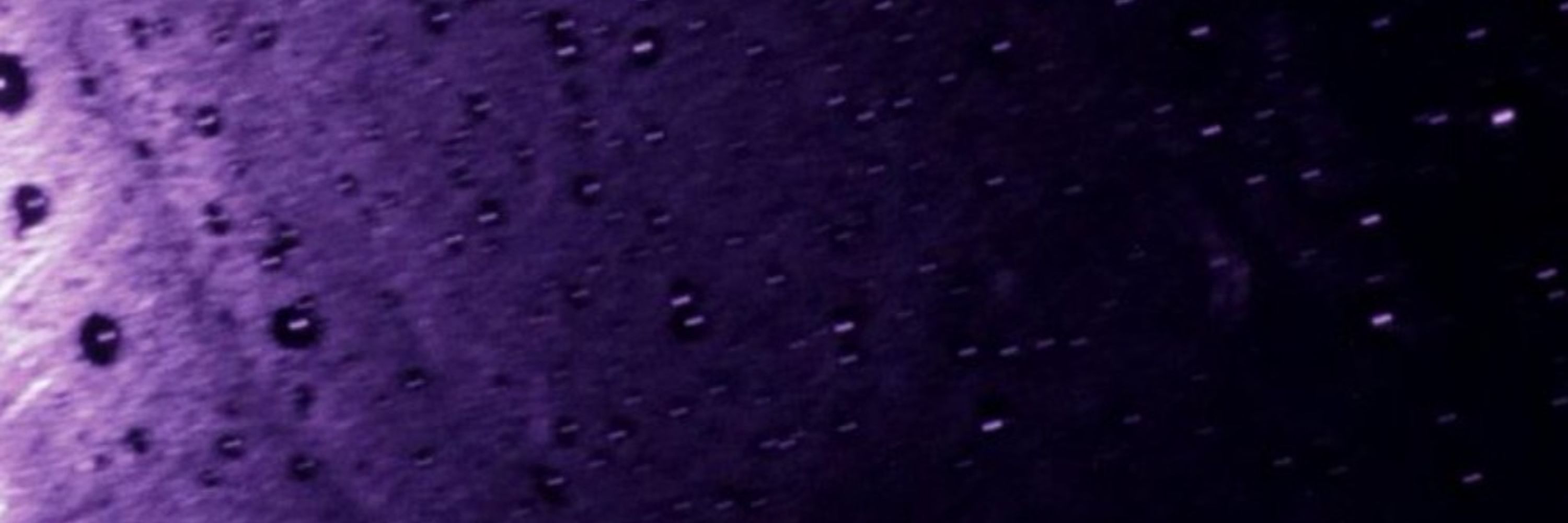
Also @_lazappi_ and @lazappi@mastodon.au
12/16

12/16
11/16

11/16
9/16

9/16
8/16

8/16
7/16

7/16
6/16

6/16
5/16

5/16
3/16

3/16







- Scale size by variability (circle/square)
- Donuts (or squares with holes) where outside size is Mean+SD and inside size is Mean-SD




- Scale size by variability (circle/square)
- Donuts (or squares with holes) where outside size is Mean+SD and inside size is Mean-SD

